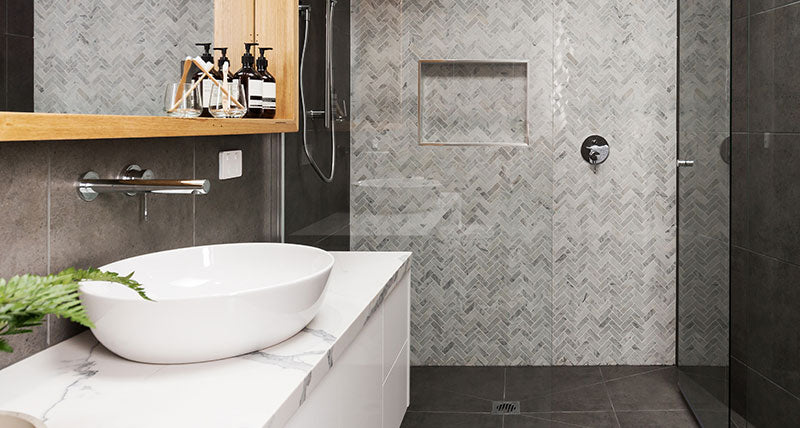
Reducing Toilet Water Waste: A Tech-Savvy Approach
Share
In the realm of technological advancements, one might wonder how something as mundane as a toilet could benefit. Yet, with increasing concerns about water conservation, reducing toilet water waste has become a significant topic of discussion, particularly among tech professionals and enthusiasts. This article explores how technology can be leveraged to address this critical issue.

The Importance of Water Conservation
Water is one of the planet's most crucial resources, and its conservation is essential for sustaining life. Toilets account for nearly 30% of household water usage, making them a prime target for conservation efforts. By focusing on reducing toilet water waste, we can contribute significantly to overall water-saving initiatives.
Innovative Toilet Technologies
Today's tech landscape offers several innovative solutions aimed at reducing toilet water waste. These include dual-flush systems, low-flow toilets, and smart toilets that adjust water use based on the task. For more insights into dual-flush systems, you can visit The Science Behind Dual-Flush Systems.
Dual-flush systems allow users to select between a low-volume flush for liquid waste and a higher-volume flush for solid waste, significantly reducing water usage. Similarly, low-flow toilets are designed to use less water per flush compared to traditional toilets. These technologies are just a few examples of how innovation is driving water conservation in the bathroom.
Smart Toilets: The Future of Water Conservation
Smart toilets represent the cutting edge of bathroom technology. Equipped with sensors and connectivity features, these toilets can optimize water usage, offer hands-free operation, and even provide data analytics on water consumption. By integrating with home automation systems, smart toilets can further enhance water-saving efforts. Learn more about Toilets Designed for Water Conservation.
Practical Steps for Tech Enthusiasts
For those looking to implement these technologies, there are several practical steps to consider. First, assess your current toilet's water usage and determine whether an upgrade to a low-flow or dual-flush system is feasible. Additionally, consider retrofitting existing toilets with water-saving devices like fill cycle diverters or tank water displacement devices.
For more detailed guidance on retrofitting, check out this guide on converting your toilet. Also, explore best practices for eco-friendly bathroom setups by visiting Eco-Friendly Bathroom Practices.
The Role of IoT in Water Conservation
The Internet of Things (IoT) plays a pivotal role in modern water conservation efforts. By connecting toilets to a network, users can monitor water usage in real-time, receive alerts for leaks, and manage water consumption more effectively. IoT-enabled toilets can also integrate with other smart home devices, providing a comprehensive approach to resource management.
Challenges and Considerations
While the benefits of these technologies are significant, there are challenges to consider. The initial cost of smart toilets and retrofitting can be high, and not all households may have the infrastructure to support IoT devices. Furthermore, privacy concerns may arise with data collected by smart toilets.
Despite these challenges, the long-term savings in water bills and the environmental impact make these technologies a worthy investment. For a deeper dive into water-efficient toilets, explore The Benefits of Water-Efficient Toilets.
Conclusion
As tech professionals and enthusiasts, the responsibility to innovate and implement water-saving solutions like reducing toilet water waste lies with us. By embracing smart and sustainable technologies, we can pave the way for a future where water conservation is seamlessly integrated into our daily lives.
To further explore water-saving tips, especially if you're a renter, visit Water-Saving Tips for Renters.

FAQs
Q1: How can I start reducing toilet water waste at home?
A: Start by assessing your current toilet's water usage. Consider upgrading to a low-flow or dual-flush system for more efficient water use.
Q2: Are smart toilets worth the investment?
A: While the initial cost can be high, smart toilets offer long-term savings on water bills and contribute to environmental conservation.
Q3: Can I retrofit my existing toilet to save water?
A: Yes, devices like fill cycle diverters and tank water displacement devices can be used to retrofit existing toilets, making them more water-efficient.
This article contains affiliate links. We may earn a commission at no extra cost to you.
